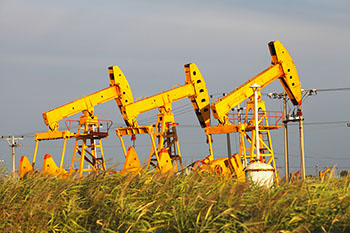Unconventional oil and gas extraction – study for Water Research Commission reveals possible impacts

Photo: Legalplanet.org
|
The Centre for Environmental Management (CEM) at the University of the Free State (UFS) recently completed a three-year project for the Water Research Commission. The purpose was to develop an interactive vulnerability map and monitoring framework for unconventional oil and gas extraction (final report still to be published).
Due to the complexity of this field, a number of participants across different disciplines and universities were involved in this trans-disciplinary study. Contributors included the Departments of Sociology, Physics and Mathematical Statistics from the UFS, the University of Pretoria Natural Hazard Centre, Africa, as well as the Institute of Marine and Environmental Law from the University of Cape Town.
Unconventional oil and gas extraction, its related impacts and the management of this activity to ensure environmental protection, is a controversial issue in many countries worldwide. Since the extraction of oil and gas using unconventional techniques is an unprecedented activity in South Africa, the project focused on understanding this extraction process as well as hydraulic fracturing and identifying possible environmental and socio-economic impacts associated with this activity in the South African context. An understanding of the possible impacts could aid government during the development of policy aimed at protecting the environment.
The researchers subsequently identified indicators to develop an interactive vulnerability map for unconventional oil and gas in South Africa. The vulnerability map focuses on specific mapping themes, which include surface water, groundwater, vegetation, seismicity and socio-economics. In addition, the map provides information on the vulnerability of the specified mapping themes to unconventional gas extraction on a regional scale. This map is intended as a reconnaissance tool to inform decision-makers on areas where additional detail field work and assessments may be required. It can also be used during Environmental Impact Assessments and determining licensing conditions.
Lastly, a monitoring framework was developed, which describes monitoring requirements for specific entities – surface water, groundwater, vegetation, seismicity and socio-economics – for the different phases of unconventional oil and gas extraction. Such monitoring is an important part of environmental protection. It is especially important for South Africa to perform baseline monitoring before exploration starts to ensure that we will have reference conditions to identify what impact oil and gas extraction activities has on the biophysical and socio-economic environments.